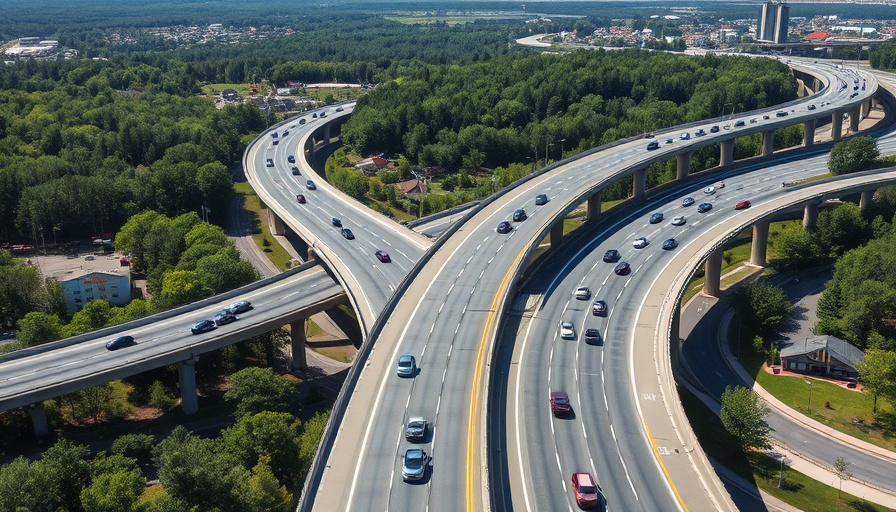
Florida’s Ambitious Road Improvement Project: Enhancing I-95
The Florida Department of Transportation (FDOT) has taken a significant step towards improving traffic flow and safety on one of the state’s most critical highways by awarding a $933 million contract to address a section of Interstate 95 in Broward County. This extensive project, undertaken by a partnership including Flatiron and OHLA USA, underscores the urgency of infrastructure modernization in the face of ever-increasing vehicle volumes and the necessity for efficient emergency evacuation routes.
The Scope of the I-95 Project: What to Expect
The phased initiative is set to widen a four-mile corridor, reconfiguring interchanges and adding essential flyover ramps. The upgrades will enhance both entrance and exit ramps, tackling congestion at crucial points, particularly at SW 10th Street and Hillsboro Boulevard, located near Pompano Beach. These enhancements are not only expected to relieve current traffic bottlenecks but also serve an essential role during emergency evacuations, making the corridor safer for all users.
Broader Context: Infrastructure Developments Across the I-95 Corridor
Florida is not alone in addressing the challenges along the I-95 corridor. Neighboring states, such as South Carolina, have also begun ambitious projects. South Carolina’s Department of Transportation recently allocated $825 million to widen and improve its segment of I-95 near the Georgia border. Similarly, North Carolina’s DOT is actively working on an 18-mile expansion project expected to conclude by the end of this year. These concerted efforts highlight a regional commitment to modernize highway infrastructure in the Southeast, enhancing connectivity and safety.
Raising Industry Standards: The Role of Technology in Construction
The partnership with Prince Contracting, a company experienced in the I-95 corridor, illustrates the increasing use of technology in infrastructure projects. From Building Information Modeling (BIM) to advanced project management tools, innovative approaches are transforming how projects are designed and executed. As noted by industry experts, leveraging technology not only streamlines processes but can lead to safer and more sustainable building practices, thereby addressing both immediate and long-term community needs.
Impact on Business and Community: Why This Matters
For business owners, property developers, and facility managers, improvements in infrastructure translate to enhanced logistics and easier access, directly impacting project timelines and costs. Improved traffic flow facilitates economic growth by making local businesses more accessible, thus stimulating community development.
Concluding Thoughts: The Future of Infrastructure in Florida
As Florida embarks on this ambitious I-95 project, stakeholders across various sectors are poised to witness significant changes. Enhanced infrastructure not only aligns with economic goals but also promotes safer travel conditions for residents and visitors. For those involved in construction and development, staying abreast of these trends is crucial—not only for immediate project success but for long-term planning and investment strategies. As the landscape of infrastructure evolves, so too must the strategies used to navigate and thrive within it.
 Add Row
Add Row  Add
Add 




Write A Comment